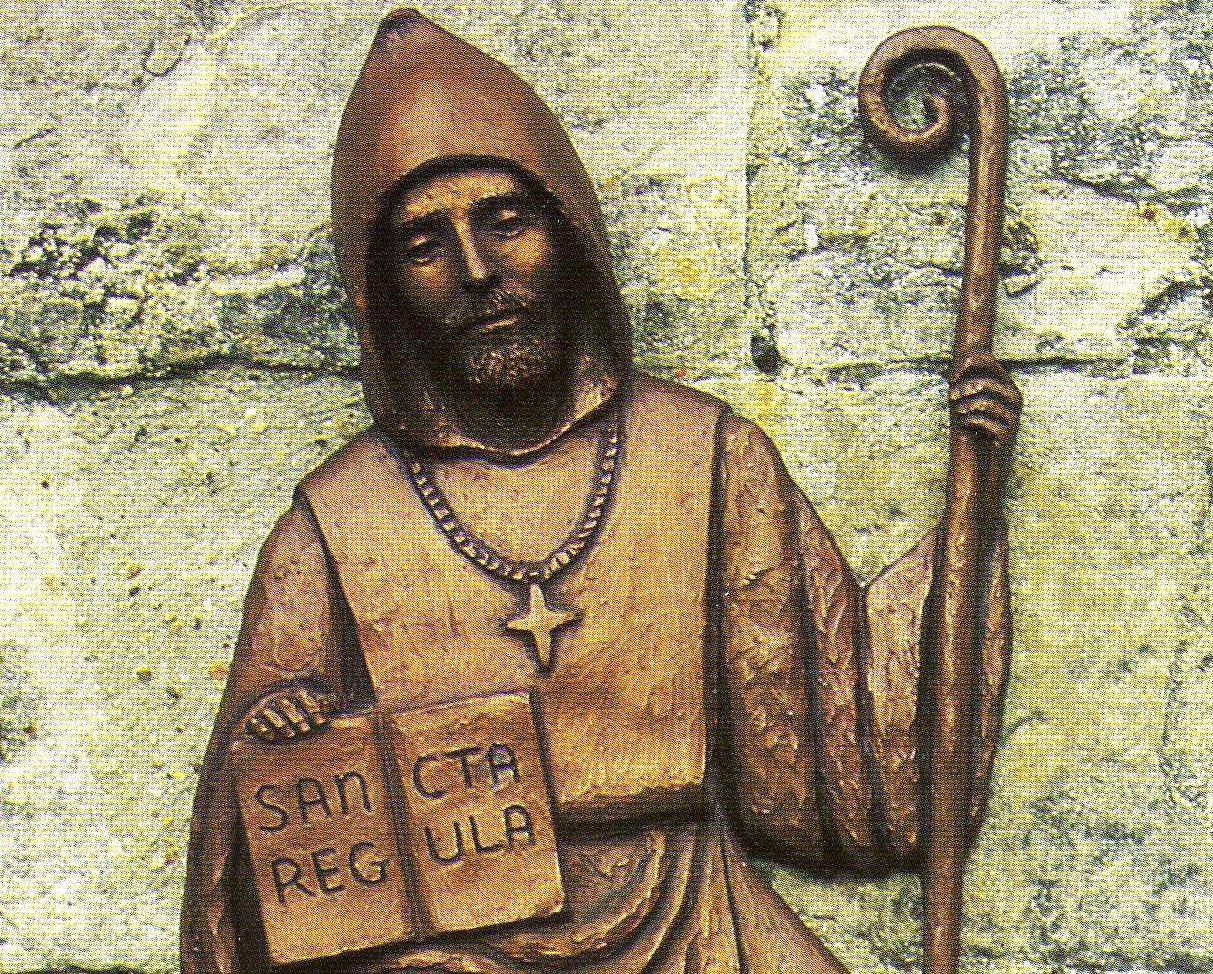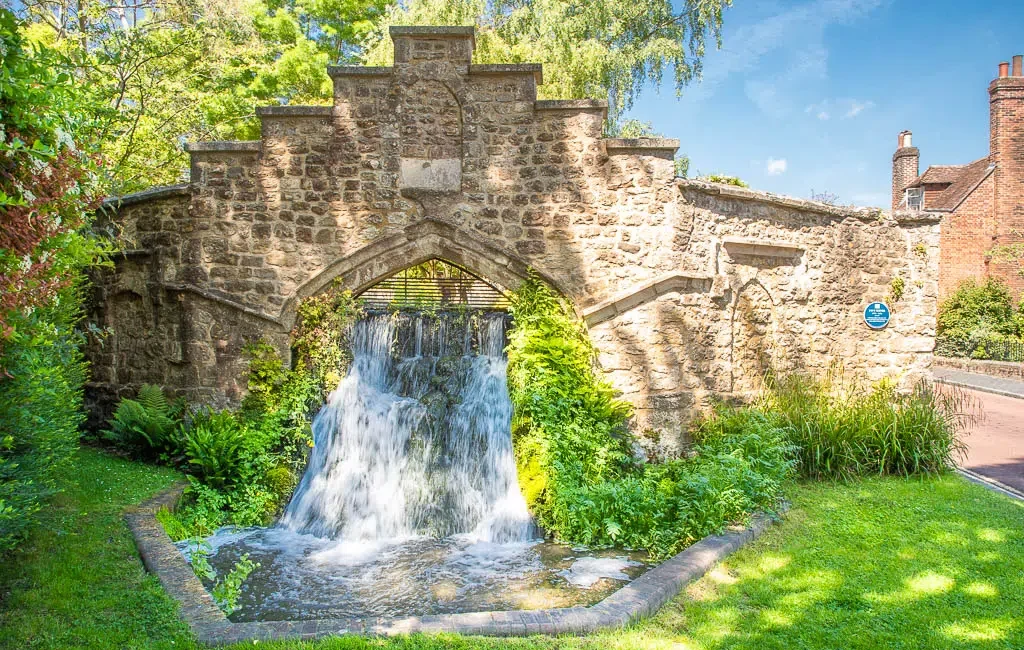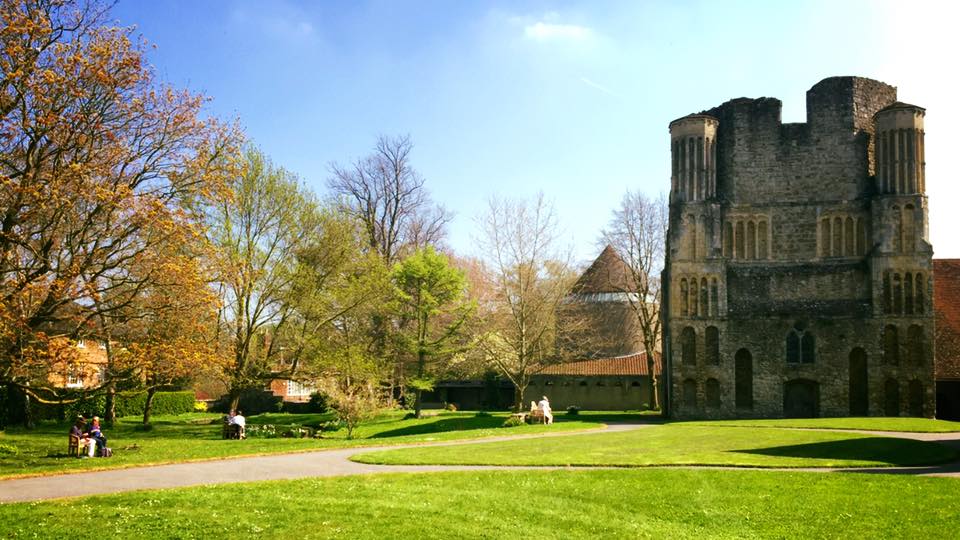
On July 17th, following an early Lauds, ten of us set out in a minibus, to spend a day with the Anglican Benedictine Monastic community of West Malling. Our two communities have had many opportunities to meet together over the years and friendships have been formed. Some of the Sisters have attended our East-West dialogue meetings here at Minster. A few of the Minster Sisters have had a rest or a break with the Malling community, often staying in the delightful little walled cottage of St. Michaels.
The Abbey is situated in the centre of a beautiful little town of West Malling, near Maidstone. It was originally founded as a monastic community of nuns, by Bishop Gundulf of Rochester at the end of the twelfth century. It functioned as a vibrant monastic community until Henry VIII’s Dissolution of the Monasteries in 1538. The most notable parts of the original monastery still surviving are the tower, formerly part of a large church, similar to the one at Rochester Cathedral. The gatehouse, which dates from the 14th century, is presently used to accommodate guests.
When we arrived at Malling, we were warmly greeted by Mother Anne, the present Abbess who took us to meet the community. For some of us, this is the first time we had seen the new buildings, and we were able to enjoy the company of the sisters over coffee and home-made date squares.
This was followed by a presentation by a visiting Orthodox priest, Rev. John Behr who teaches at the University of Aberdeen, on the ancient Pasch writings of Milito of Sardis. He invited us to approach the mystery of Christ in the same way that the disciples did, through the scriptures and the breaking of bread. He shared some interesting thoughts on how the Gospel of St. John reveals the mystery of Christ and draws us into a deep transformation of heart.
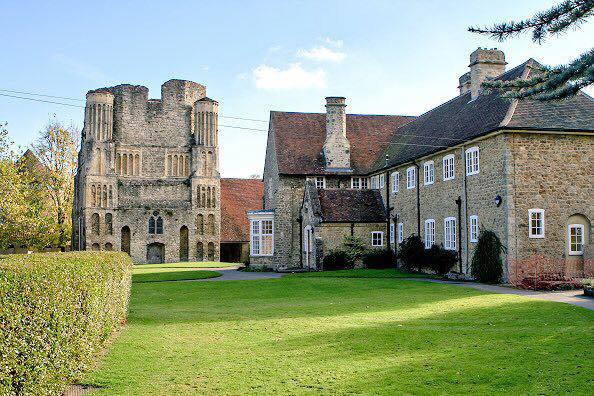
After a delicious lunch with the community, Mother Anne took our little group on a tour of the monastery. The cloisters, beautifully built on the site of the original monastery have fully glazed arches. One side of the cloisters runs alongside the original house, and gives access to the nuns’ cells and, at its end, to the gardens and monastery grounds. These are quite lovely, with a vast variety of trees and shrubs, as well as monastic fish ponds. There is a small stream (with small waterfalls) which winds its way through, a prayer labyrinth and a walled garden where the nuns grow much of their own fruit and vegetables.
Everyone enjoyed the tour which was particularly beautiful in the summer sunshine, with the un-mown grasses waving in the breeze. At first, when one looks at a grassfield, it looks like an endless amount of grass and nothing else, but when we looked closer we found an amazing diversity of flowering plants living there. Just looking around the place we had a sense that here in this place we are given a glimpse of God’s infinite beauty and goodness.
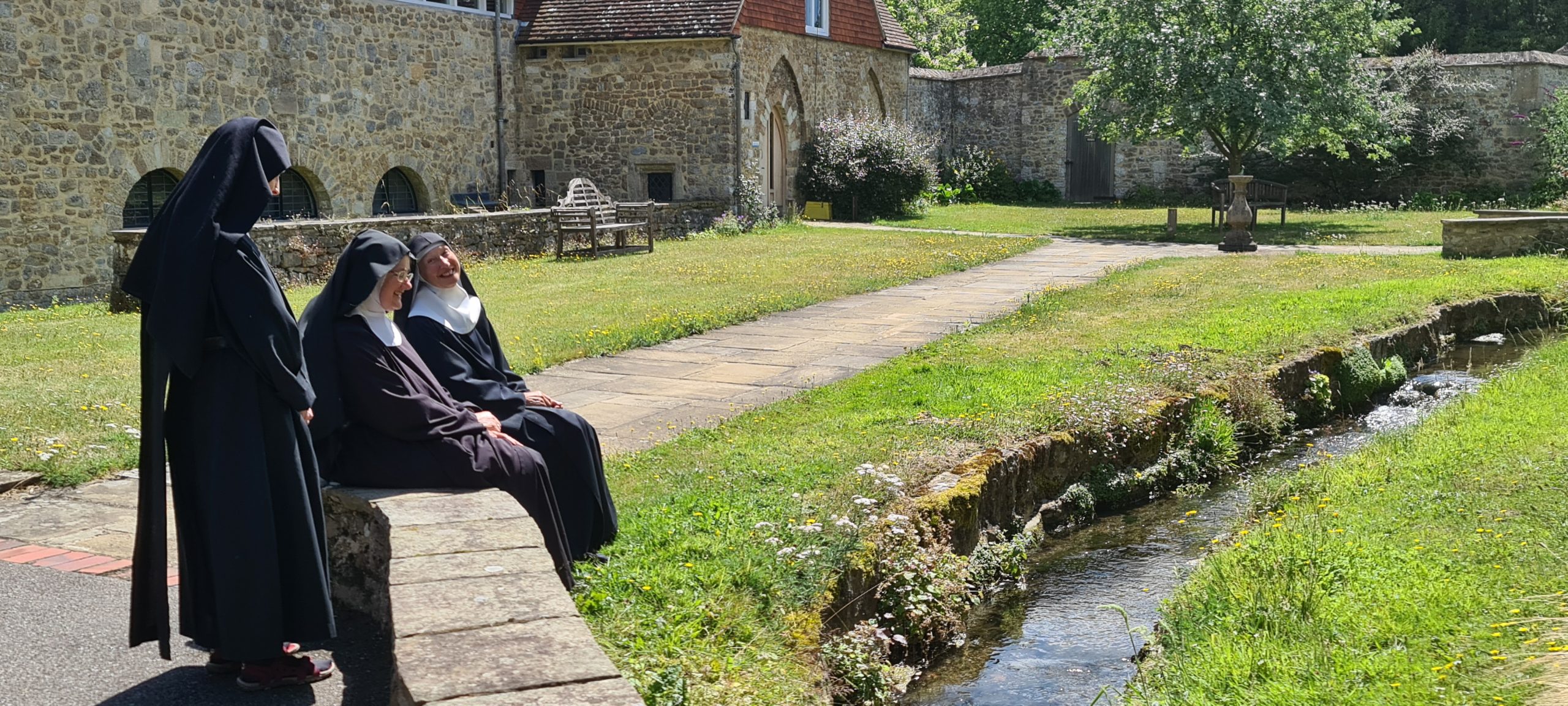
We really loved spending time looking around the vegetable garden. Both Minster and Malling were monasteries of the Middle Ages and gardening was an essential part of life. Benedictine monasteries were encouraged to be as self-sufficient as possible, which meant extensive gardens to satisfy all of the community’s needs. It was lovely to see how gardening is still a part of the daily ritual and is valuable to both recreation and spirituality.
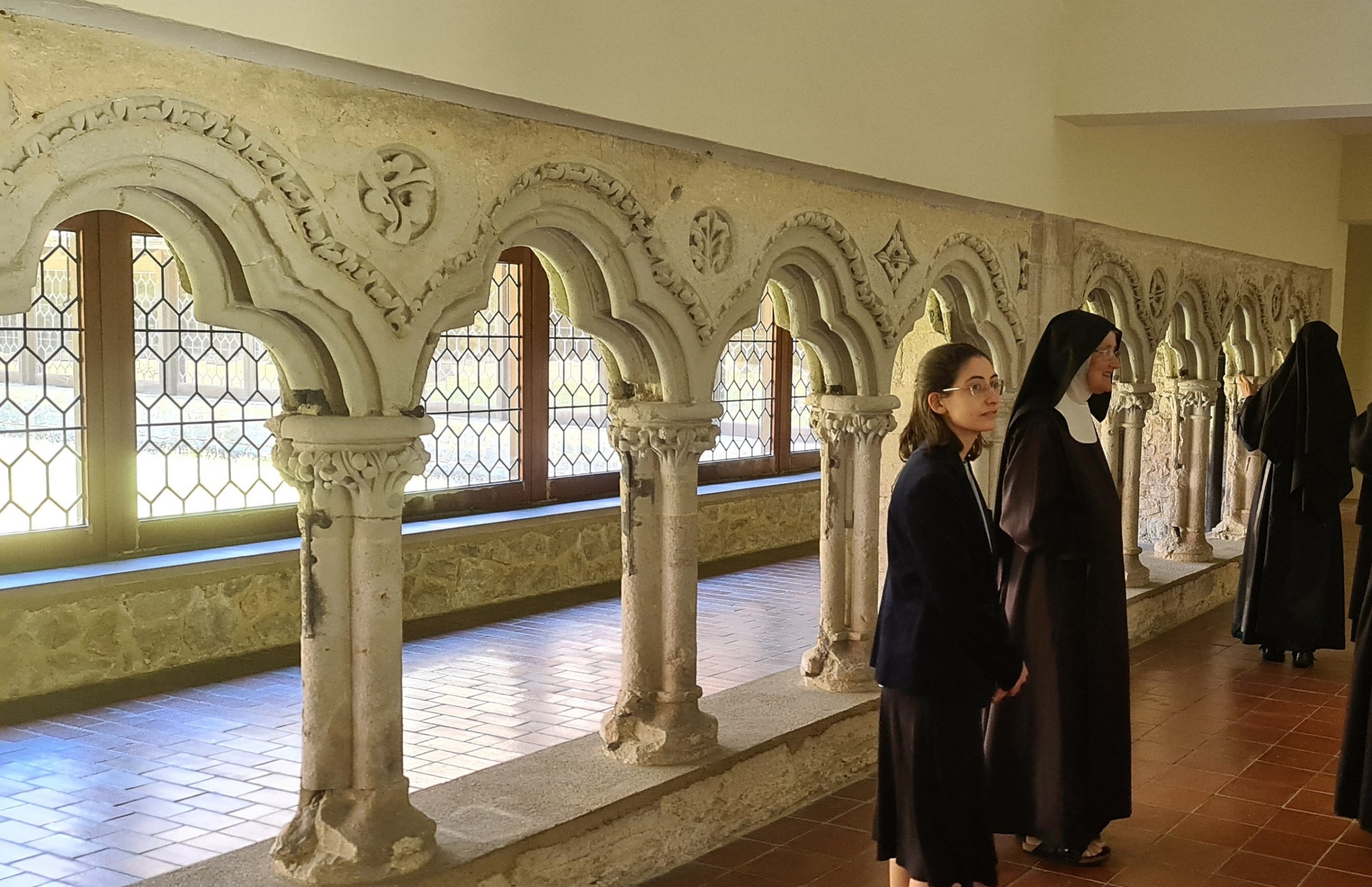
Mother Anne also told us about the purchase of the property in 1892 by a friend of the Diocese. She intended to return it to ecclesiastical use, and the present order of Anglican Benedictine nuns moved there in 1916. At the outset, there were 36 nuns on the site. There are now 12 sisters in the community.
A number of years ago the community invited the Diocese of Rochester to take over part of the site including the Guest House, Western Range of adjacent buildings, and former Pilgrim’s Chapel. This forms the St Benedict Centre, which now is a venue for groups and individuals to hold conferences, meetings, and various retreats.
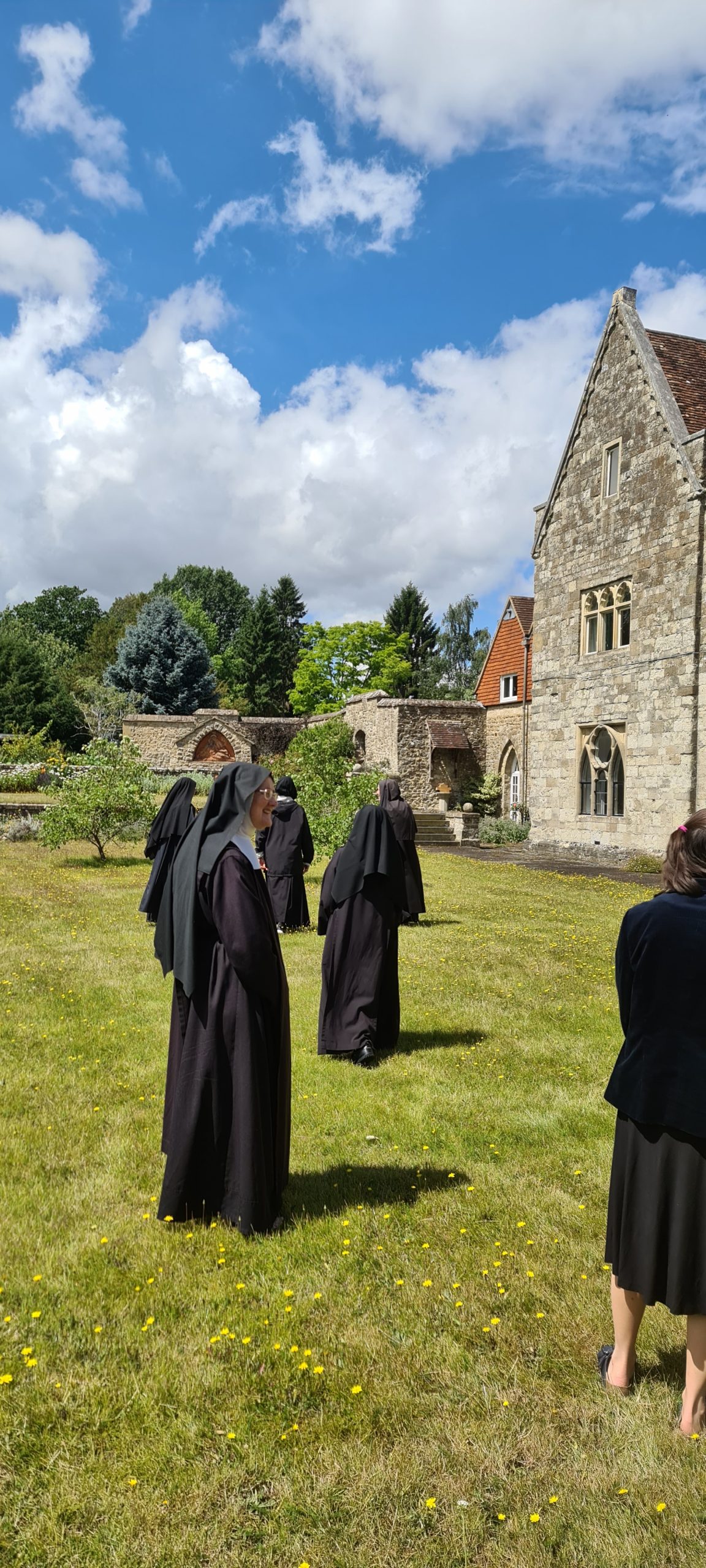
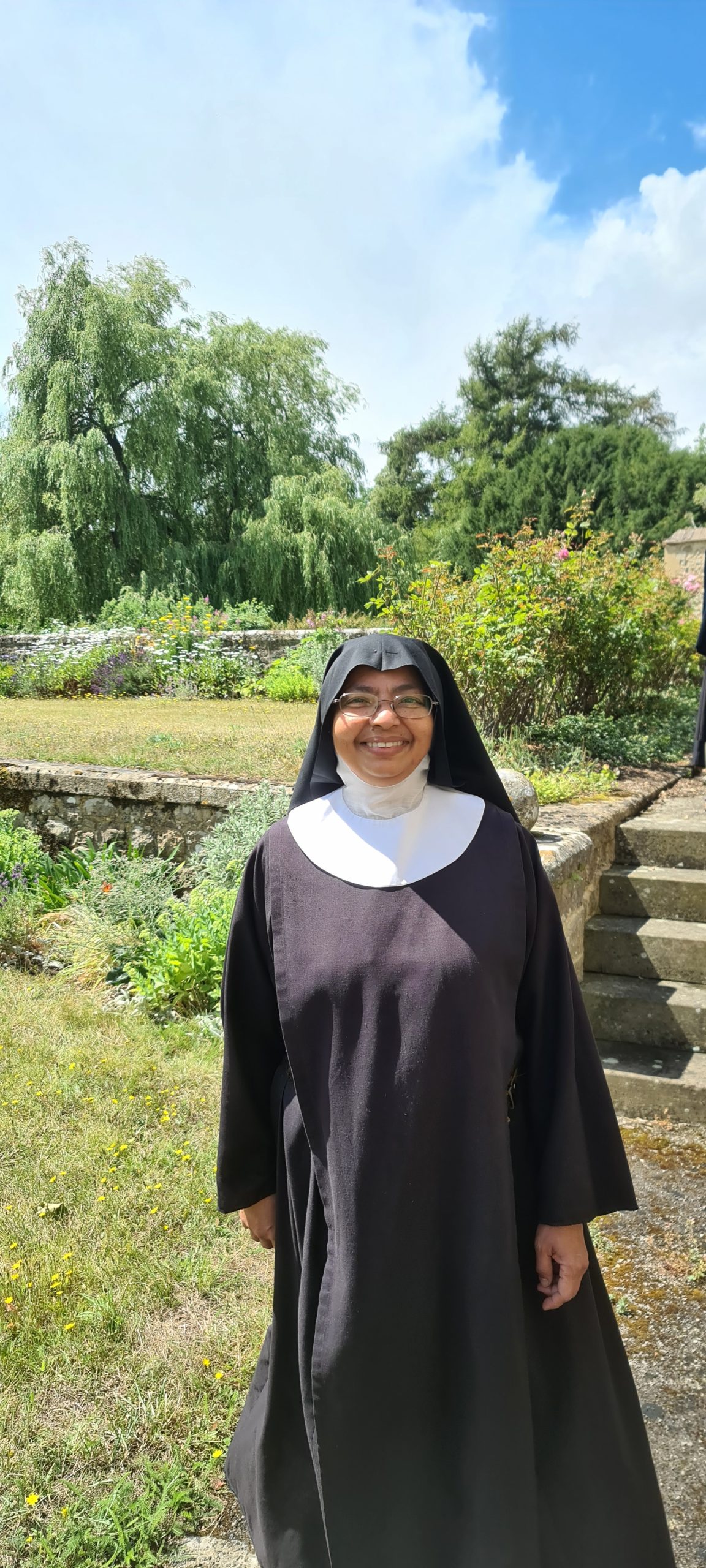
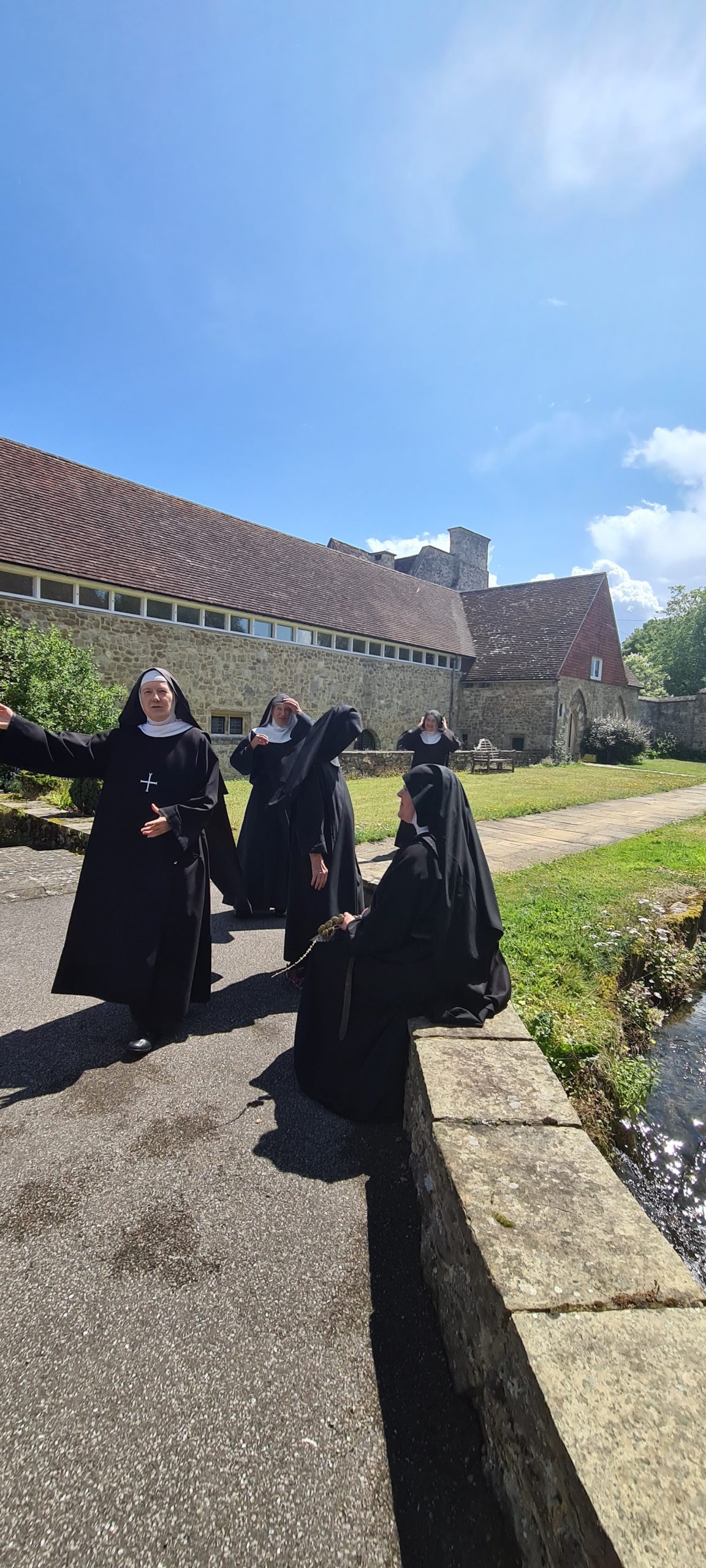
A highlight for us all was the time of prayer that we shared together when we celebrated Midday Office in the Abbey Chapel. As Benedictine communities, prayer is at the heart of our lives and it was good to be reminded of this rich Benedictine tradition we share. We are truly one in Christ.
